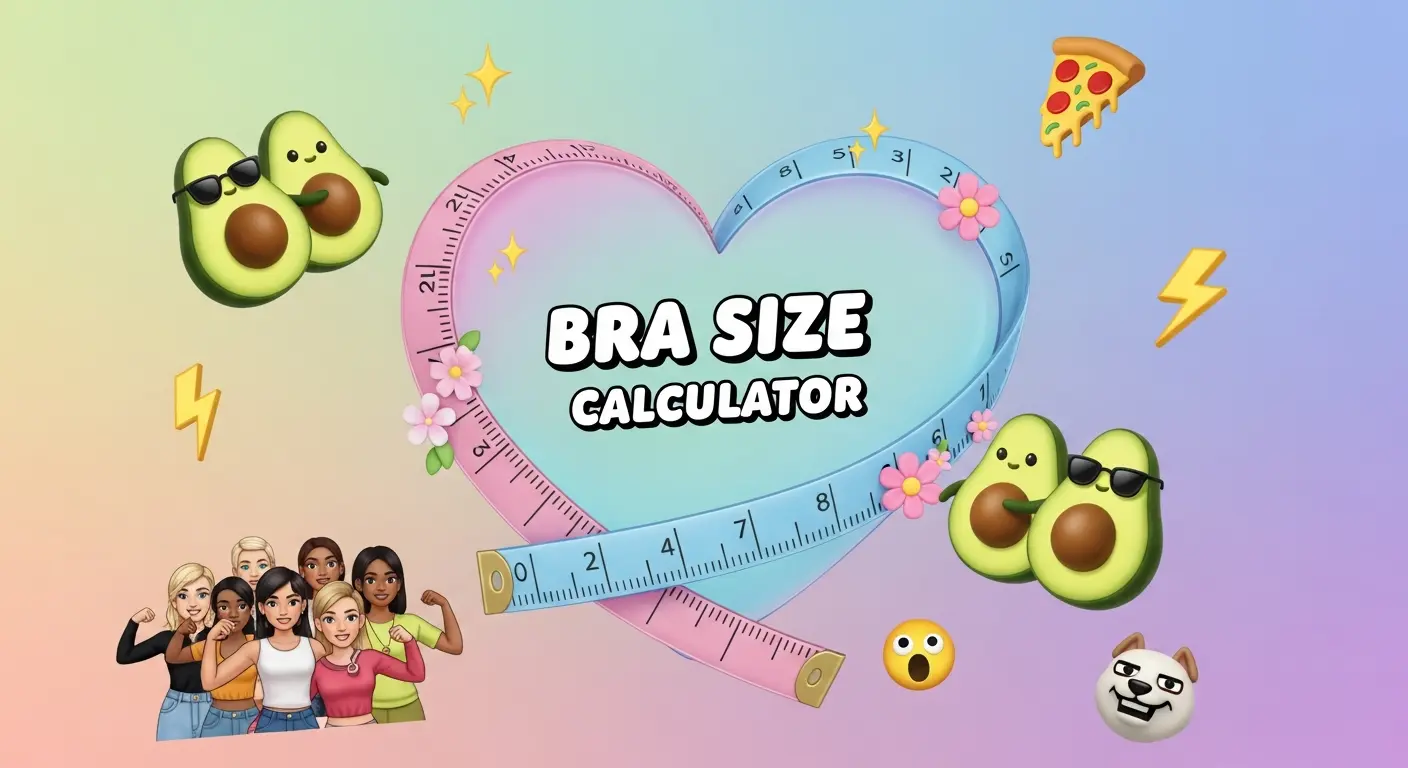Dress Size Calculator
Find Your Perfect Fit Across UK, USA, EU, and Australian Sizing Standards
UK uses even numbers (6, 8, 10, 12, 14, 16, 18, 20, 22). Based on bust measurements in centimeters. Most common system for European retailers and high street brands. Includes standard sizing for petite and tall variants.
USA Sizing System:USA uses even numbers (2, 4, 6, 8, 10, 12, 14, 16, 18, 20, 22) with a 2-size difference from UK. Based on bust, waist, and hip measurements. Standard sizing assumes 162 cm height. Sizes 0-16 are considered regular; 18+ are petite/plus sizes depending on brand.
EU Sizing System:EU follows EN 13402 standard with even numbers (32, 34, 36, 38, 40, 42, 44, 46, 48, 50, 52). Each size represents a 4 cm difference in bust measurement. Most standardized internationally. Size = ⌊(Bust measurement ÷ 2)⌋, rounded to nearest even number. Provides most consistent sizing across brands.
Australian Sizing System:Australia uses even numbers identical to UK (6, 8, 10, 12, etc.). Based on EN 13402 standard similar to EU. Historically aligned with British sizing. Most Australian online retailers follow this standard exclusively.
Formula for EU Dress Size:EU Size ≈ ⌊(Bust measurement in cm ÷ 2)⌋ (rounded to nearest even number)
| UK Size | USA Size | EU Size | AU Size | Bust (cm) | Waist (cm) | Hip (cm) | Size Name |
|---|---|---|---|---|---|---|---|
| 6 | 2 | 34 | 6 | 79-83 | 59-63 | 86-90 | XS |
| 8 | 4 | 36 | 8 | 84-88 | 64-68 | 91-95 | XS-S |
| 10 | 6 | 38 | 10 | 89-93 | 69-73 | 96-100 | S |
| 12 | 8 | 40 | 12 | 94-98 | 74-78 | 101-105 | M |
| 14 | 10 | 42 | 14 | 99-103 | 79-83 | 106-110 | L |
| 16 | 12 | 44 | 16 | 104-108 | 84-88 | 111-115 | L |
| 18 | 14 | 46 | 18 | 109-113 | 89-93 | 116-120 | XL |
| 20 | 16 | 48 | 20 | 114-118 | 94-98 | 121-125 | XL |
| 22 | 18 | 50 | 22 | 119-123 | 99-103 | 126-130 | 2XL |
| Height (cm) | Height (ft/in) | Size Category | Recommended Length | Notes |
|---|---|---|---|---|
| Under 155 | Under 5'1" | Petite | Knee-Midi | Standard lengths will be too long; seek petite sizing |
| 155-162 | 5'1" - 5'4" | Petite-Regular | Midi-Regular Floor | May need slight hemming on standard dresses |
| 162-170 | 5'4" - 5'7" | Standard/Regular | Floor-Maxi | Most standard sizing designed for this height |
| 170-178 | 5'7" - 5'10" | Tall-Regular | Floor-Maxi | Most dresses fit properly; some may need lengthening |
| Over 178 | Over 5'10" | Tall | Maxi/Custom | Standard lengths will be too short; seek tall sizing |
- Fitted/Tailored: Runs true to size. Emphasizes curves. Choose size based on bust measurement if curvy; may need to size up if less curvy.
- Loose/Flowing: Often runs large. Can accommodate one size larger. Base size on waist or hip rather than bust.
- A-Line: Most flattering for various body types. Generally runs true to size. Choose based on waist measurement.
- Wrap/Tie: Adjustable fit with ties. Often runs true to size but adaptable. Choose mid-range size if between sizes.
- Empire Waist: Fits under bust, flows downward. Suited for various body types. Choose based on bust or natural waist.
- Maxi/Floor Length: Select based on height in addition to body size. May require hemming regardless of body size.
- Bodycon/Stretch: Hugs body closely. Often runs small due to stretch fabric. Consider sizing up one size for comfort.
- Cotton/Linen: No stretch, minimal give. Run true to size. Pre-shrink before measuring for custom sizing.
- Jersey/Knit: Stretchy and forgiving. May run small; consider sizing up. Very comfortable but shows body contours.
- Silk: Drapes beautifully. Usually runs true to size. Prone to wrinkles and requires careful care.
- Polyester Blend: Varies by blend ratio. Check individual brand sizing. Often run slightly small.
- Denim: Rigid fabric with minimal stretch. Tends to run small initially but stretches with wear. Size up 0.5-1 size.
